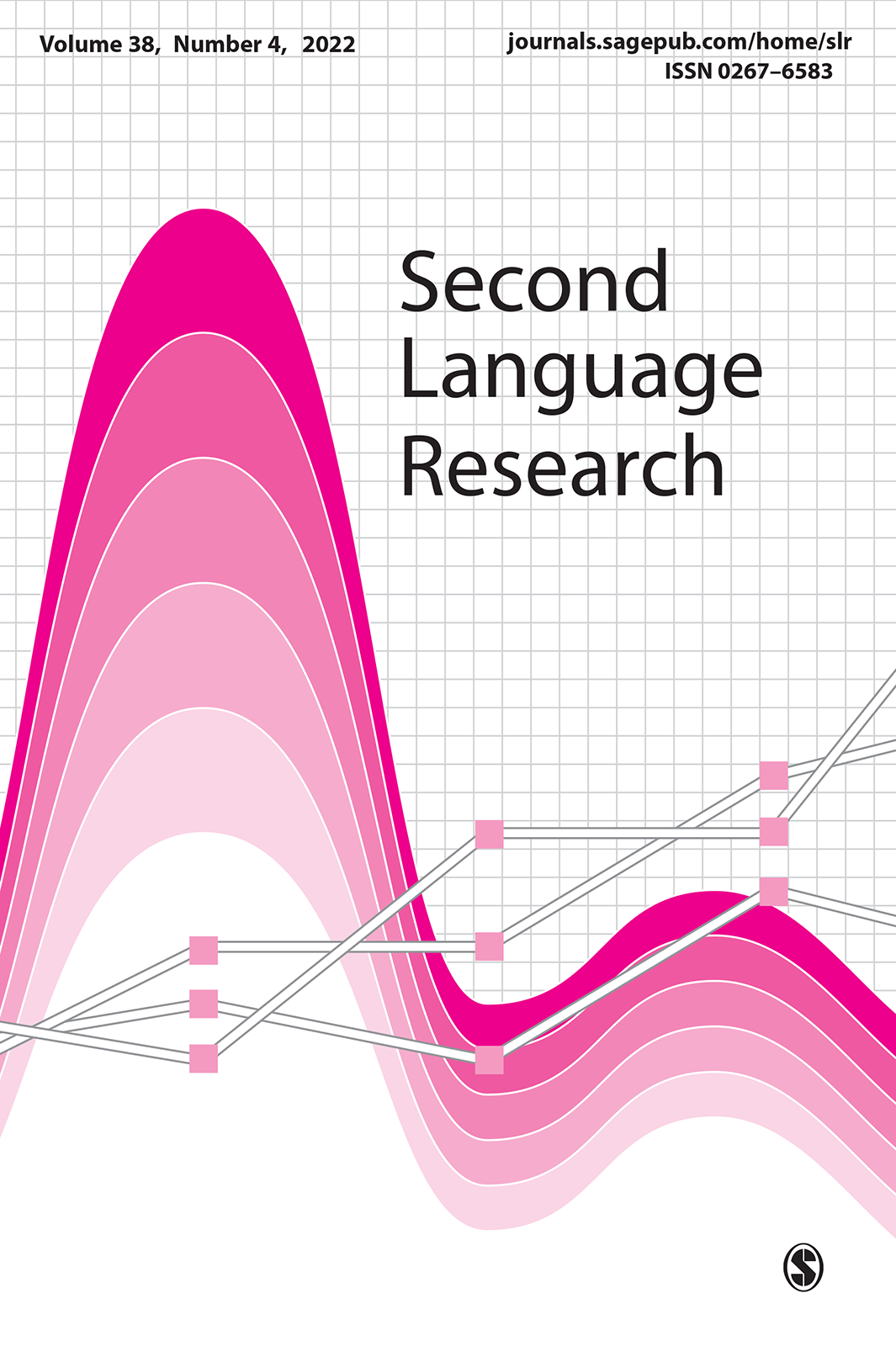 Testing the Bottleneck Hypothesis:
Chinese EFL learners’ knowledge of morphology and syntax across proficiency levels
Testing the Bottleneck Hypothesis:
Chinese EFL learners’ knowledge of morphology and syntax across proficiency levels
Testing the Bottleneck Hypothesis: Chinese EFL learners’ knowledge of morphology and syntax across proficiency levels
Shiyu Wu, Dilin Liu, and Zan Li
Abstract
This study tests the Bottleneck Hypothesis (BH) that functional morphology presents the greatest difficulty in second language acquisition by examining Chinese English as a foreign language (EFL) learners’ knowledge of both functional morphological properties and core syntactic properties across three language proficiency levels. Specifically, this study compares Chinese EFL learners’ grasp of subject–verb agreement (a functional morphological property) vs. their grasp of the syntactic formation rules (properties) of WH-questions including WH-movement, WH-do-insertion (i.e. the insertion of the auxiliary do), and WH-do-inversion (subject–auxiliary inversion): three core syntactic transformation rules. Analyses of the experimental results using generalized mixed-effects models yield complex results that generally support the BH. While subject–verb agreement was found to be persistently more difficult than WH-movement and WH-do-inversion, it was shown to pose essentially the same level of difficulty as WH-do-insertion due to the fact that the latter also involves the application of the functional features of SV-agreement and tense, i.e. the high level of difficulty of WH-do-insertion likely lies in its accompanying application of functional features. Possible explanations for the complex results and their implications are discussed.
Keywords Bottleneck Hypothesis, core syntax, functional morphology, learning difficulty, SLA
全文下载:(下载)

